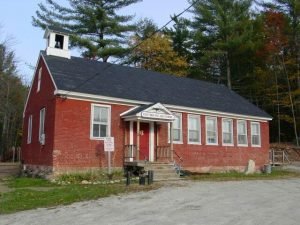From New York City to Yonkers along the Hudson River
This upper landing of the Hudson River Day Line has a beautiful location and is a great convenience to the dwellers of northern Manhattan. On leaving the pier the steel-arched structure of Riverside Drive is seen on the right. The valley here spanned, in the neighborhood of 127th Street, was once known as “Marritje Davids’ Fly,” and the local name for this part of New York above Claremont Heights is still known as “Manhattanville.” The Convent of the Sacred Heart is visible among the trees, and Trinity Cemetery’s Monuments soon gleam along the wooded bank. Among her distinguished dead is … Read more

